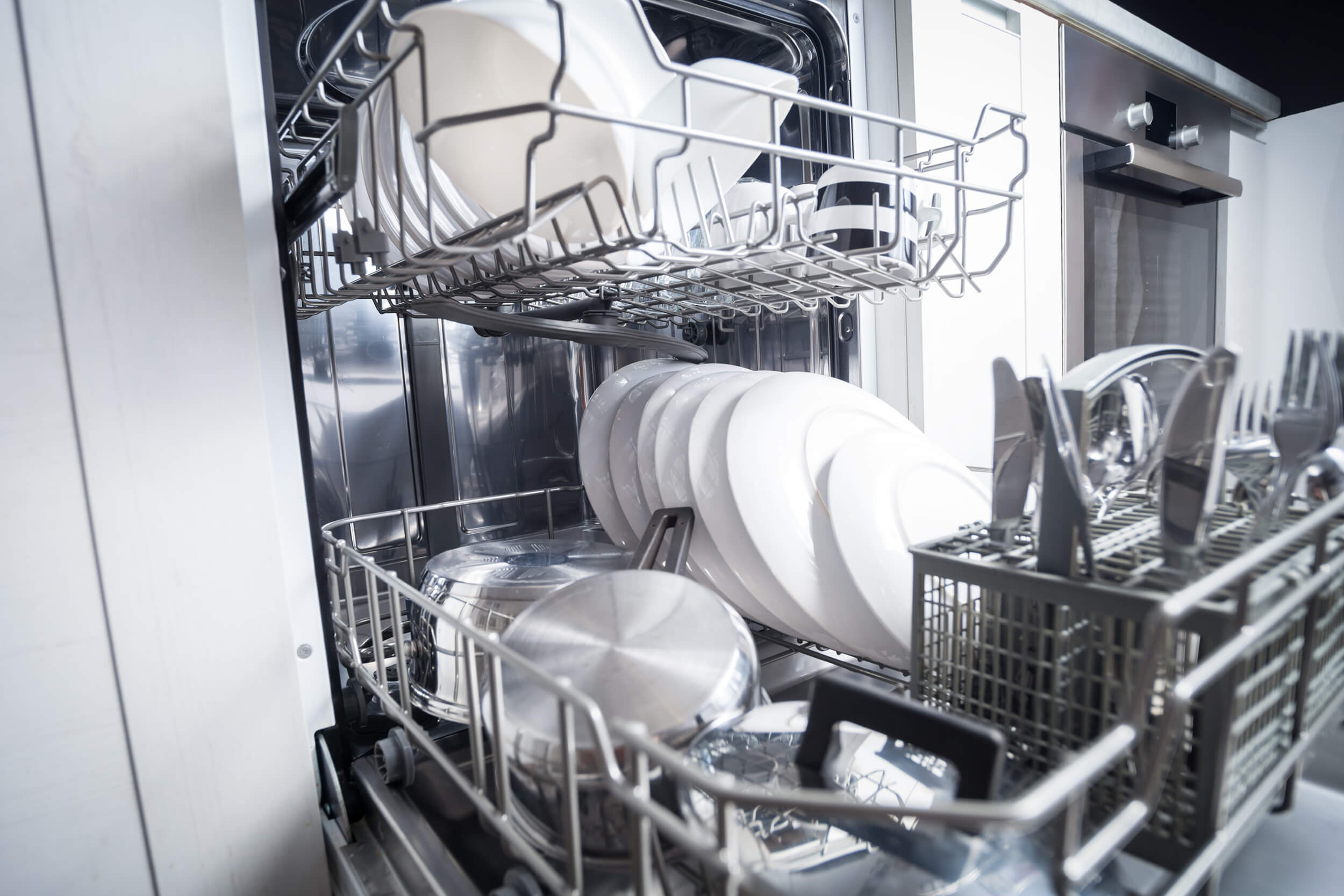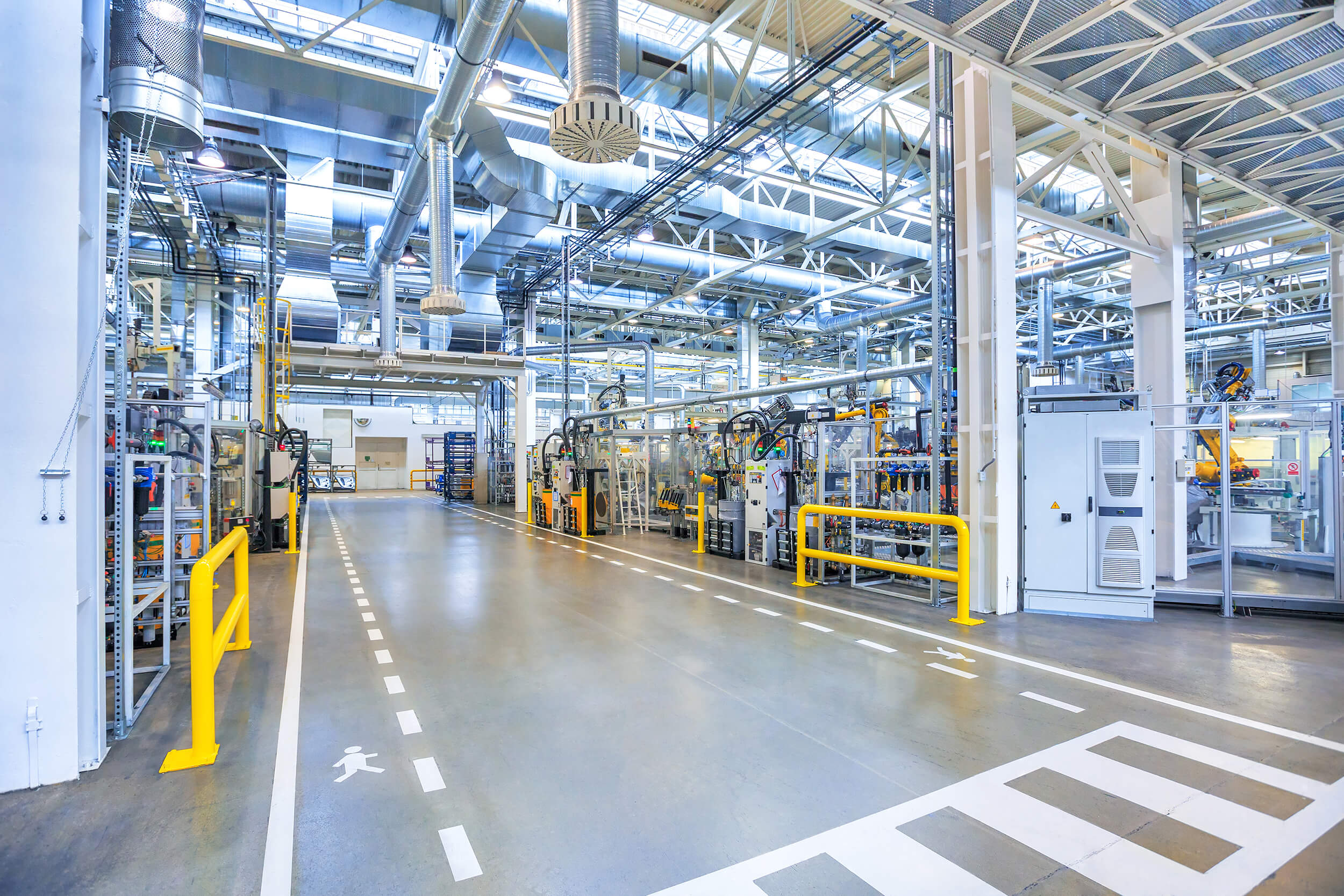Contact: Ben Somberg, 202-658-8129, bsomberg@aceee.org
Transition to More-Efficient Bulbs Would Cut Greenhouse Gas Emissions
Washington, DC—Fluorescent tube light bulbs, once embraced as an energy-efficient option, use far more energy than today’s LEDs and are now a needless toxic health risk, according to a study published today. Laws and rules restricting the use of toxic mercury have generally exempted these mercury-containing bulbs because of a lack of better options, but the study shows for the first time that LEDs are now available in all needed shapes and sizes—and cost less to own and operate.
Transitioning all new fluorescent bulbs to LEDs in the United States alone would cut annual carbon dioxide emissions in 2030 by an amount equal to the emissions from 4 million typical passenger cars over a year, the report finds. The new study is published jointly by the American Council for an Energy-Efficient Economy (ACEEE), the Appliance Standards Awareness Project (ASAP), CLASP, and the Clean Lighting Coalition.
State, federal, and international policymakers should now phase out the fluorescent bulbs to prevent more mercury from being introduced into households and the environment while cutting greenhouse gas emissions, the study argues. As soon as this month, international negotiators meeting to update a convention on mercury pollution can do so.

The bulbs at issue are the four- and eight-foot tubes common in commercial buildings and in some home kitchens, basements, and garages, as well as several types of compact fluorescent bulbs designed for use in certain fixtures. Their toxic mercury can be released in several ways. An estimated 75% of fluorescent bulbs used in the United States are not recycled or disposed of properly; mercury leached from landfills eventually reaches rivers, lakes, and oceans, where it bioaccumulates in fish and shellfish. Consumption of contaminated seafood is the leading cause of human exposure to mercury. Broken bulbs in homes and buildings, if not properly cleaned up, can also present a health risk to those nearby.
Rapidly phasing out most fluorescent models would prevent bulbs containing 16,000 pounds of mercury from being sold and installed in the United States through 2050, the study finds—a massive amount for a toxin that can damage the human brain with only a miniscule quantity.
“Fluorescent bulbs used to be the energy-efficient option, but that’s just not the case anymore. LEDs have changed the game and we found there’s no good reason to keep using fluorescents at this point,” said Jennifer Thorne Amann, senior fellow at ACEEE and report coauthor.
Joanna Mauer, technical advocacy manager for ASAP and fellow coauthor, said, “LEDs are now widely available as drop-in replacements for fluorescent bulbs. In addition to not containing mercury, LEDs last about two times longer than fluorescents and cut energy use in half. Any increase in initial price more than pays off through the reduced electricity costs.”
An international agreement among 137 countries, the Minamata Convention on Mercury, is phasing out the use of mercury in numerous products and industrial processes and uses. But the convention—drafted in 2013—specifically exempts lighting, citing a lack of cost-effective alternatives at that time. Later this month, the nations will consider a proposal that would ban the manufacture, import, and export of fluorescent bulbs in the participating countries.
“The United States can be a leader in the global transition to clean lighting,” said Ana Maria Carreño, director at CLASP, which funded the report. “By supporting the African Lighting Amendment at the Minamata Convention on Mercury, U.S. policymakers will be making a statement to the world that it is time to say farewell to fluorescents.”
The report also finds:
- For businesses—where most linear fluorescent bulbs are used—additional upfront costs for the most common LED bulbs in the United States are paid back in less than two months. For households, the payback period for the most common LED bulbs is about a year.
- A complete transition from fluorescent bulbs to LED lighting in the United States would cut 18 million metric tons of carbon dioxide emissions annually in 2030. On a cumulative basis, a phaseout would cut carbon dioxide emissions by more than 200 million metric tons through 2050.

The United States can support a global phaseout of fluorescents by 2025 through the Minamata Convention, and the federal government and U.S. states can phase out fluorescents in the United States through several mechanisms:
U.S. states: Twenty-three states have prohibited the sale of some products that contain mercury, but all include exemptions for most fluorescent bulbs. The California and Vermont legislatures are considering bills that would end the sale of common fluorescent bulbs.
U.S. federal government: Several federal laws and rules govern mercury pollution, limiting emissions from industrial sources and governing end-of-life product disposal. A phaseout of mercury-containing bulbs could be accomplished either through EPA regulation under existing law or through congressional modification of federal bulb efficiency standards. (Separately, two pending Biden administration proposals could phase out most incandescent and halogen bulbs, which are much less efficient than fluorescent bulbs).
###
The American Council for an Energy-Efficient Economy (ACEEE), a nonprofit research organization, develops policies to reduce energy waste and combat climate change. Its independent analysis advances investments, programs, and behaviors that use energy more effectively and help build an equitable clean energy future.
The Appliance Standards Awareness Project (ASAP) organizes and leads a broad-based coalition effort that works to advance, win, and defend new appliance, equipment, and lighting standards that cut emissions that contribute to climate change and other environmental and public health harms, save water, and reduce economic and environmental burdens for low- and moderate-income households.





